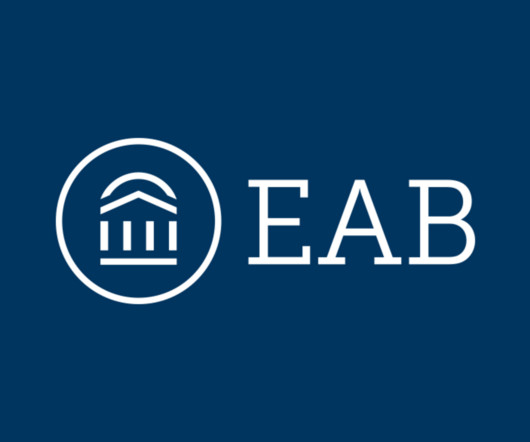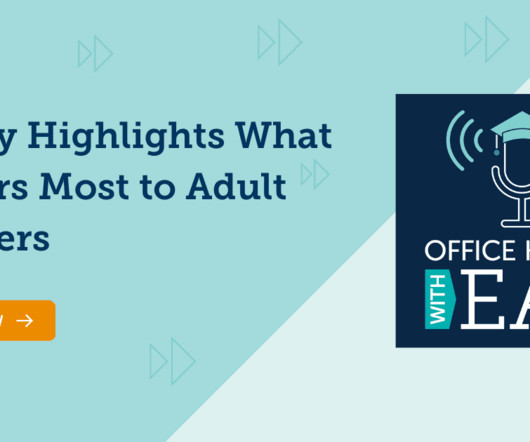4 takeaways from marketing to graduate students in 2023—and predictions for 2024
EAB
DECEMBER 27, 2023
Twenty percent of students we surveyed said they referred to emails from colleges and universities during their search process, up from 13% in our 2021 survey. As those students matriculate into our graduate and adult education programs, we will need resources in place to support them.












Let's personalize your content